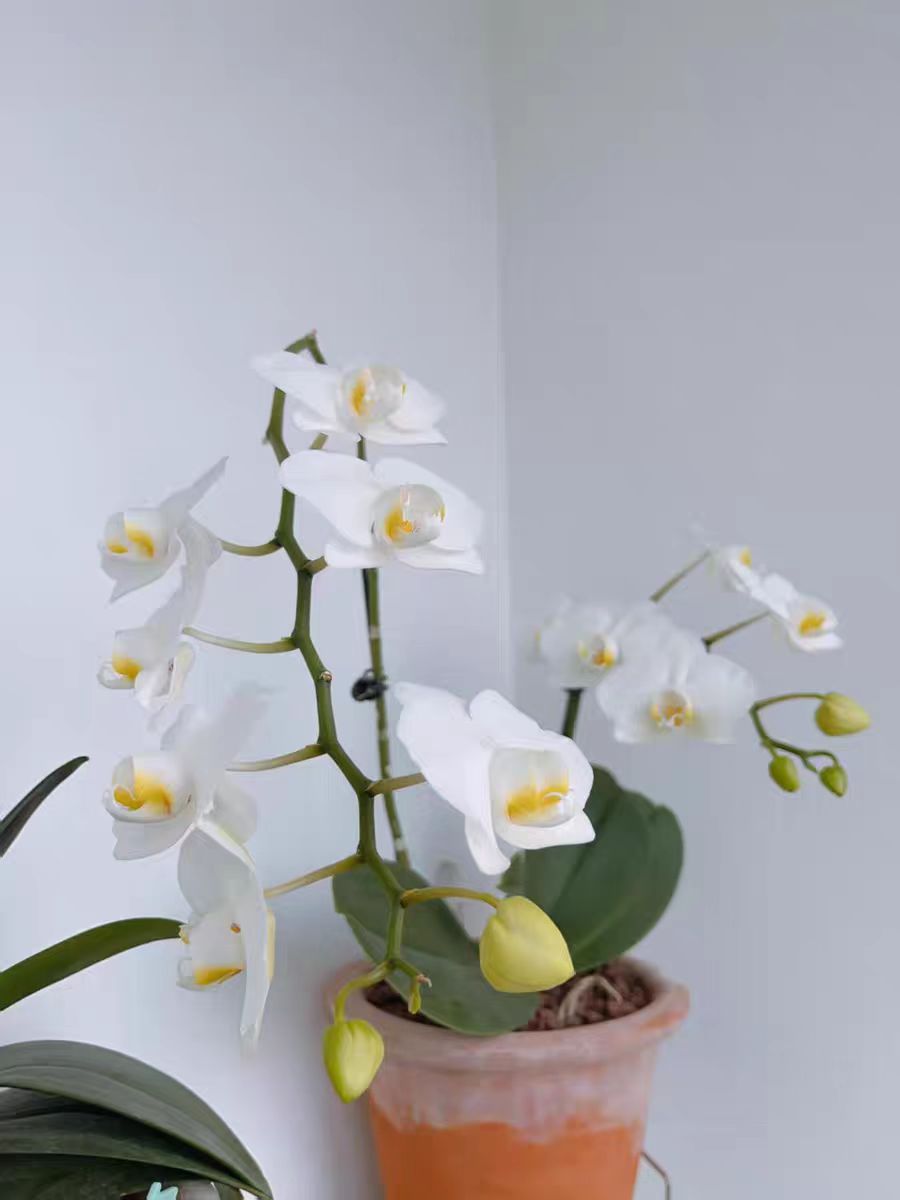During the propagation of Phalaenopsis, many people choose methods such as division and cutting to cultivate new plants. However, many people often overlook a crucial detail - sterilizing the tools used. This seemingly trivial action actually harbors many hazards.
Firstly, non - sterilized tools are prone to carrying a large number of pathogens. During daily use and storage, the surface of the tools may be contaminated with microorganisms such as fungi and bacteria. When using such tools to cut Phalaenopsis plants, it is like opening the door for pathogens to invade. For example, Fusarium is a common plant - pathogenic bacterium. Once it enters the wounds of Phalaenopsis through non - sterilized tools, it will cause root rot, leading to the gradual decay of the roots of Phalaenopsis. As an important organ for the plant to absorb water and nutrients, once the roots are damaged, the plant cannot normally obtain the substances needed for growth, the leaves will gradually turn yellow and wither, and eventually the whole plant will die.
Non - sterilized tools may also spread viruses. One of the main ways for some viruses to spread among Phalaenopsis plants is through tools. When a tool cuts a virus - infected Phalaenopsis and is then used to cut a healthy plant without being sterilized, the virus will be transferred accordingly. For instance, the Cucumber Mosaic Virus can cause symptoms such as mottled and deformed leaves and poor flower development in infected Phalaenopsis. Once the virus spreads, it will not only affect the newly propagated plants, but may also pose a serious threat to the entire Phalaenopsis planting area, resulting in a large - area plant infection that is difficult to control and treat.
In addition, non - sterilized tools will damage the wound - healing environment of Phalaenopsis. The wounds of Phalaenopsis after cutting are in a vulnerable state and require a relatively sterile environment to promote healing and the formation of callus. However, tools with a large number of microorganisms will cause the massive reproduction of microorganisms at the wound site. They will compete with the wound cells of Phalaenopsis for nutrients, and at the same time, the metabolites of microorganisms may be toxic to the wound cells, hindering wound healing. This will make the newly propagated Phalaenopsis plants grow slowly and have a greatly reduced survival rate. Even if the new plants can survive, their growth potential will be weak, and they are more likely to be attacked by other diseases and pests.
Moreover, not sterilizing the tools may also affect the efficiency and quality of Phalaenopsis propagation. Due to pathogen infection and virus spread, the number of newly propagated plants that could have been successfully propagated is reduced, and the time and energy spent will not yield the expected results. In addition, even if the newly propagated plants infected with diseases and pests barely survive, their ornamental value will be greatly reduced, with smaller flowers and duller colors, losing the original beauty and elegance of Phalaenopsis.
Not sterilizing the tools during the propagation of Phalaenopsis will bring serious impacts and hazards. Therefore, when propagating Phalaenopsis, breeders must attach great importance to the sterilization of tools, adopt scientific and reasonable sterilization methods, ensure the cleanliness and sterility of the tools, and provide a strong guarantee for the healthy growth of Phalaenopsis. At the same time, strengthen the monitoring and prevention of diseases, promptly detect and deal with disease problems, and ensure the health and stability of the Phalaenopsis population.
Does not sterilizing the tools affect the propagation of Phalaenopsis?

Share with
Tagged in :




Leave a Reply